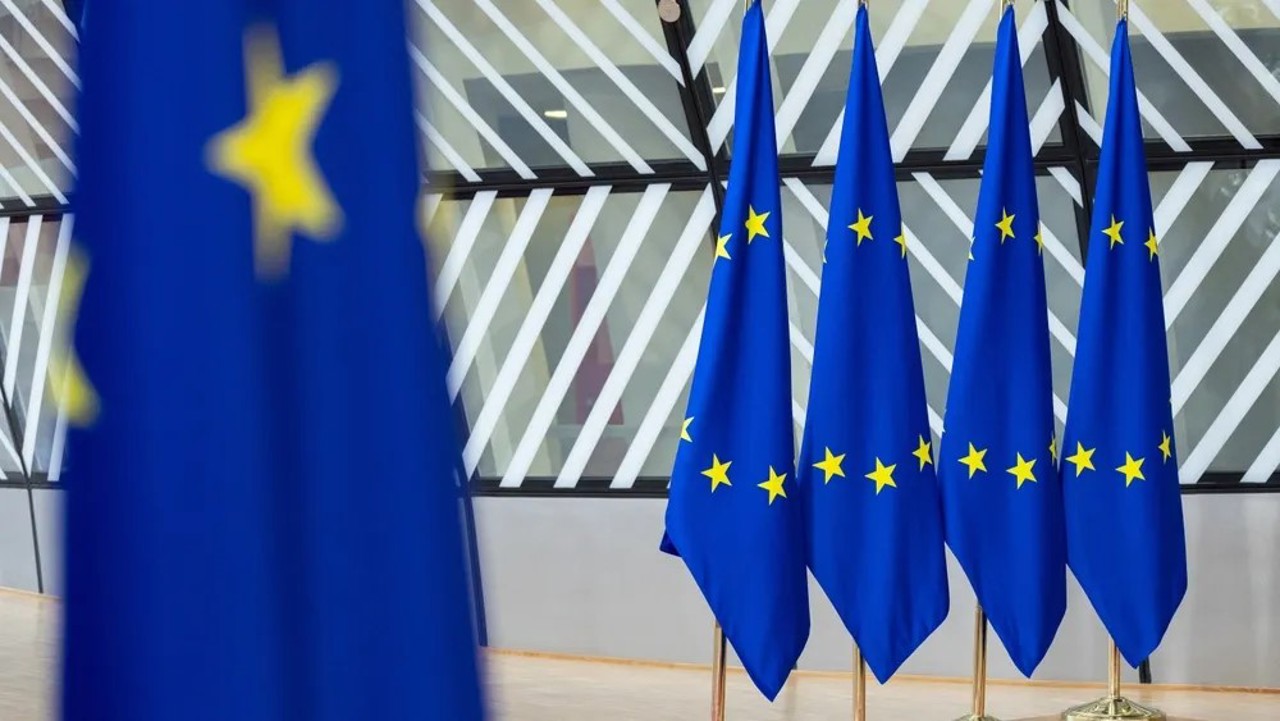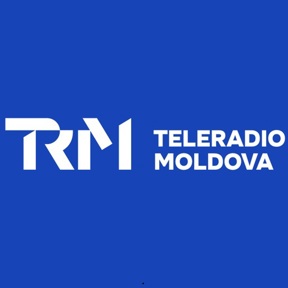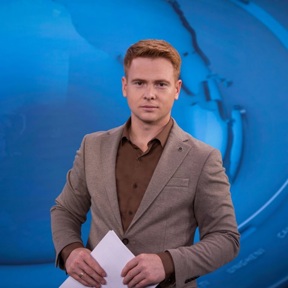WE EXPLAIN // European Council, Council of the European Union, Council of Europe: how to distinguish them?
The European Union and Europe as a whole are governed by a complex set of institutions, each with a well-defined role. Although their names may seem similar, the Council of the European Union, the European Council and the Council of Europe are distinct structures with different powers and responsibilities.
What is the Council of the European Union?
The Council of the EU, also called "Council" or "Council of Ministers of the EU", is an institution of the European Union, like the European Parliament and the European Commission. It represents the governments of the EU member states and brings together their ministers in areas of competence (Finance, Foreign Policy, etc.). The latter are responsible, together with the European Parliament, for amending and adopting European laws.
The Council of the European Union consists of ten formations: "General Affairs", "External Affairs", "Economic and Financial Affairs", "Agriculture and Fisheries", "Competitiveness", "Education, Youth and Culture", "Employment, Social Policy , Health and Consumers', 'Environment', 'Justice and Home Affairs' and 'Transport, Telecommunications and Energy'.
Each member state chairs the Council of the European Union in turn for six months. Currently, Hungary holds the rotating presidency.
What is the European Council?
The European Council was born from the practice, initiated in 1974, of regularly bringing together the heads of state and government of the member countries of the European Union. This practice was enshrined in the Single European Act in 1986, and the European Council became an official EU institution in 2009 with the Treaty of Lisbon.
Today, the European Council brings together all European leaders at least twice a semester, in March, June, October and December, not counting the extraordinary meetings that have multiplied during the economic crisis or on the subject of Brexit. European Council meetings are also called "European summits". One is taking place this week in Brussels, Thursday and Friday, October 17-18.
Decisions are taken by consensus following negotiations between member states, which began long before the summit. The European Council gives the Union the "necessary impetus for its development" and defines the "general political guidelines". Together, the heads of state or government define the priorities and the timetable for European construction.
The President of the European Council (currently the Belgian Charles Michel, who succeeded the Polish Donald Tusk in December 2019 and who will be replaced by the Portuguese Antonio Costa) is appointed by the member states for a renewed mandate of 2 and a half years.
What is the Council of Europe?
The Council of Europe is not part of the European Union. It is an intergovernmental organization whose objectives, among others, are the defense of human rights, the promotion of Europe's cultural diversity and the fight against social problems such as racial discrimination and intolerance.
The Council of Europe today has 46 member states, including the 27 member states of the European Union. Its seat is the Palais de l'Europe in Strasbourg. Russia is no longer a member of this organization since March 16, 2022, due to its invasion of Ukraine, which began on February 24. However, the Republic of Moldova is a member with full rights.
Founded in 1949, one of its first achievements was the drafting of the European Convention on Human Rights. Later, the European Court of Human Rights was established. The Council of Europe gives citizens the means to assert their convention rights when they are not respected in their country by their own governments.
Author: Dan Alexe






